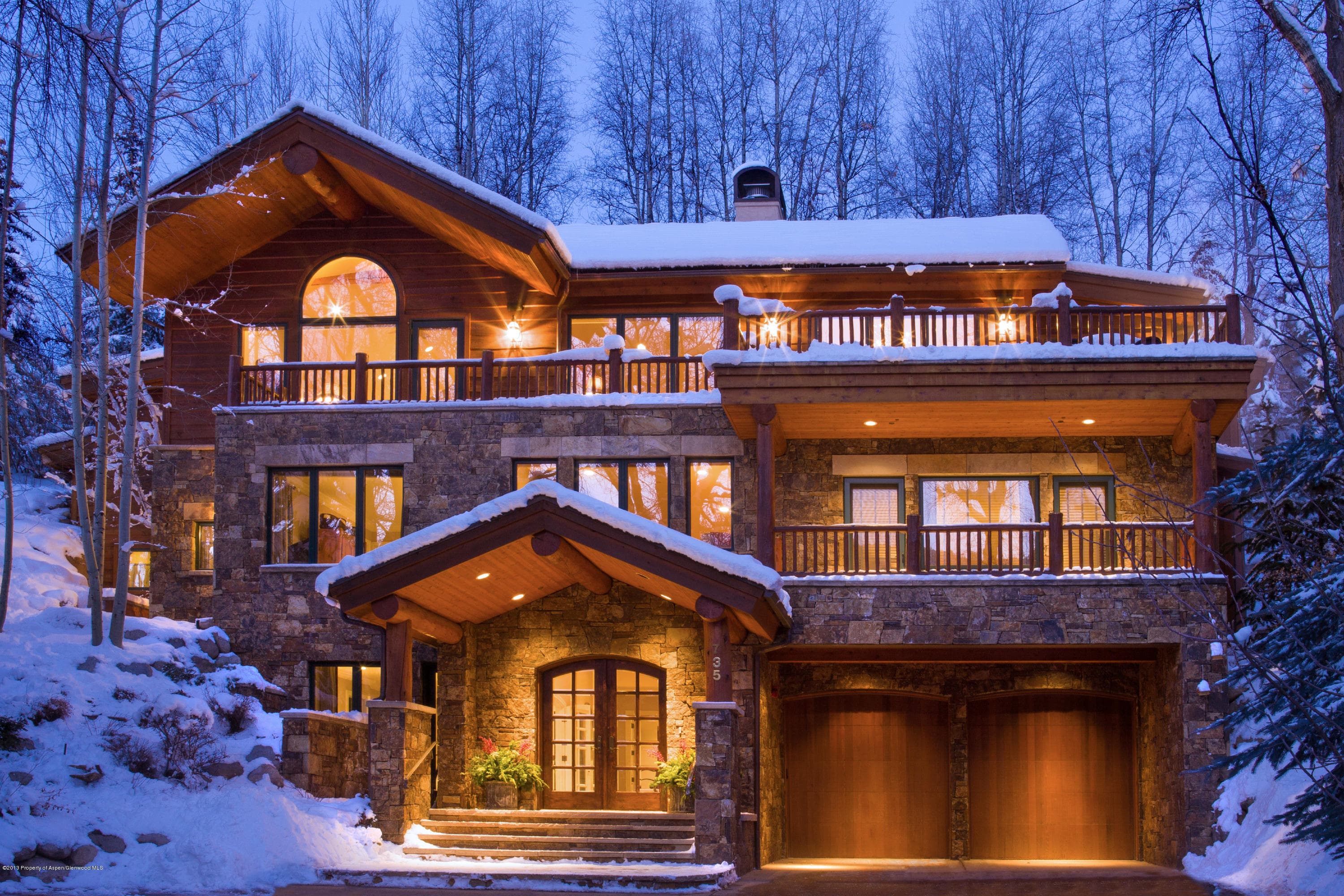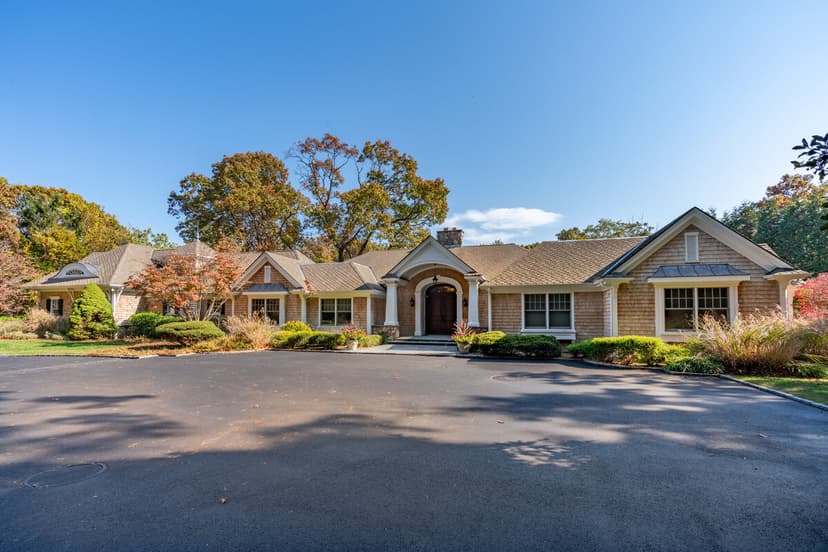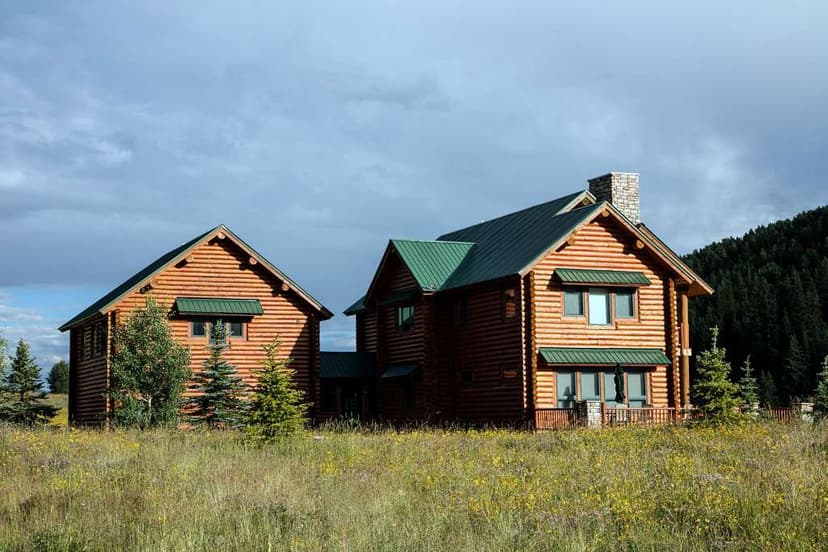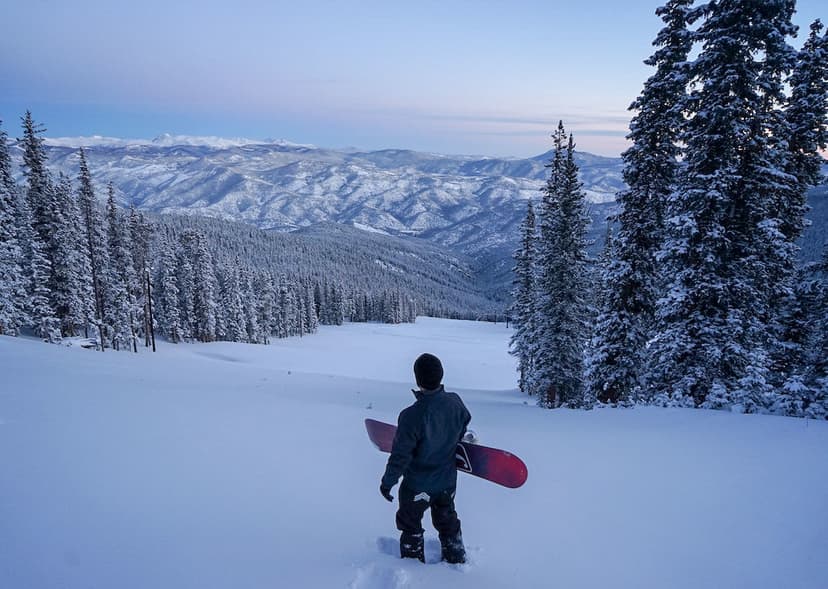The Rental Income Fantasy vs Reality
I can't tell you how many times I've heard: "The rental income will cover the mortgage." Sometimes that's true. Often it's not. Let's look at what rental income actually looks like for mountain properties in Colorado, because the math matters a lot when you're getting financing.
What Lenders Consider
When you're buying an investment property, lenders typically only count 75% of the projected rental income. So if you think you can rent for $3,000/month, they'll only credit you with $2,250 in your debt-to-income calculations. They do this because rental properties have vacancy, maintenance, and management costs that eat into gross income.
And honestly? The 75% rule is often optimistic. Real operating expenses can be higher, especially in mountain properties where winter maintenance, snow removal, and seasonal utility spikes are significant.
Seasonal Reality
Your Breckenridge condo might rent for $400/night during peak ski season (Christmas through March). But in April and May? Maybe you get $150/night if you're lucky, and even then you might have gaps between bookings. Summer picks up again, then another lull before ski season returns.
When you average it out across the year and account for cleaning fees, management costs (typically 20-30% if you hire it out), HOA fees, insurance, property taxes, and maintenance reserves, the net income is usually less than half the gross rental income.
The Break-Even Reality
Most mountain investment properties don't truly cash flow positive in year one. What they do is cover most of your carrying costs while hopefully appreciating in value. If you can get 60-75% of your mortgage payment covered by rental income after expenses, that's actually pretty good.
The real returns come from a combination of: some rental income, appreciation, mortgage principal paydown, and tax benefits. It's a long-term play, not a quick cash-flow strategy.
Short-Term Rental Realities
Many mountain towns have started regulating short-term rentals more strictly. Steamboat, for instance, requires licenses and limits the number allowed. Some HOAs prohibit nightly rentals altogether. Do your homework on the specific property and location before you buy assuming you'll be able to Airbnb it 250 nights a year.
What Actually Works
If you want your mountain property to genuinely cover its costs through rentals, you need to be strategic. Properties within walking distance to lifts or main street command premium rates and stay booked longer. Three-bedroom condos often have better economics than one-bedrooms because you can accommodate families willing to pay more per night.
Also, using the property yourself during peak weeks (Christmas, President's Week, spring break) means you're giving up your highest-income opportunities. If cash flow is the goal, you might need to rent those premium weeks and visit during shoulder season instead.
Want to see real rental income projections for a property you're considering? Send us the details—we work with local property managers and can help you get realistic numbers.



